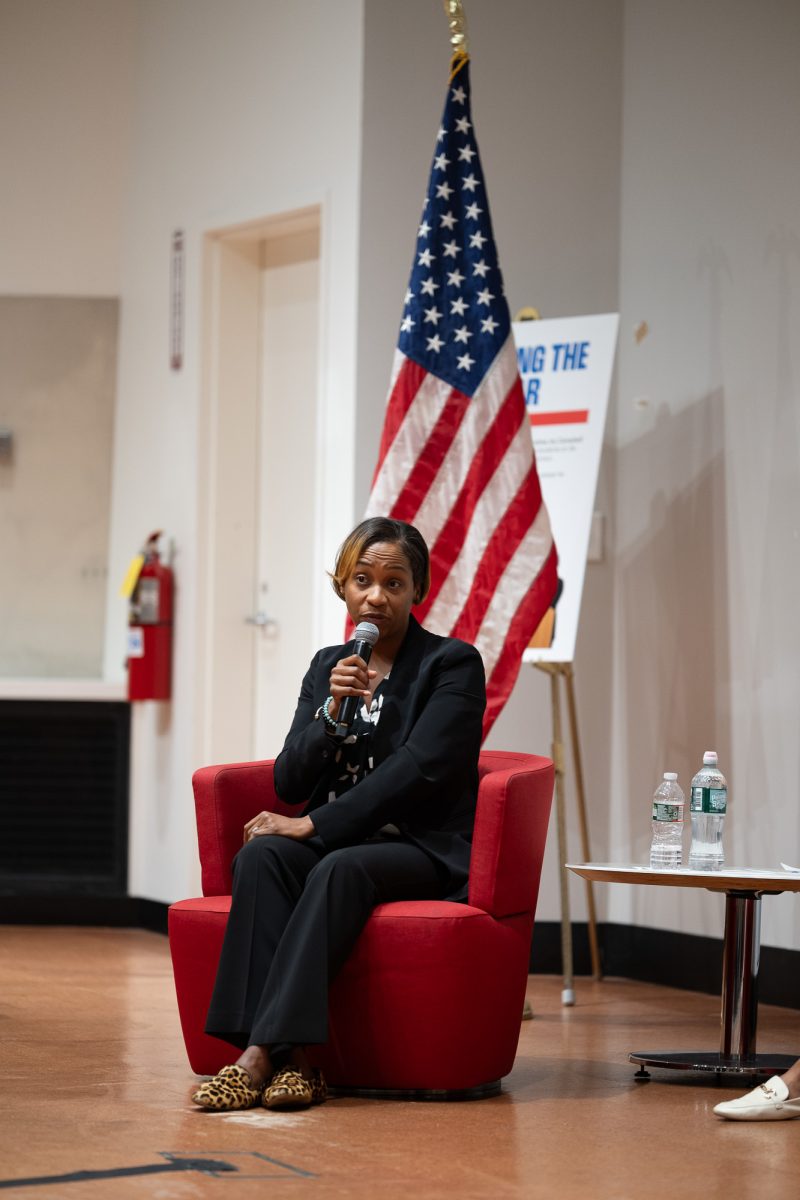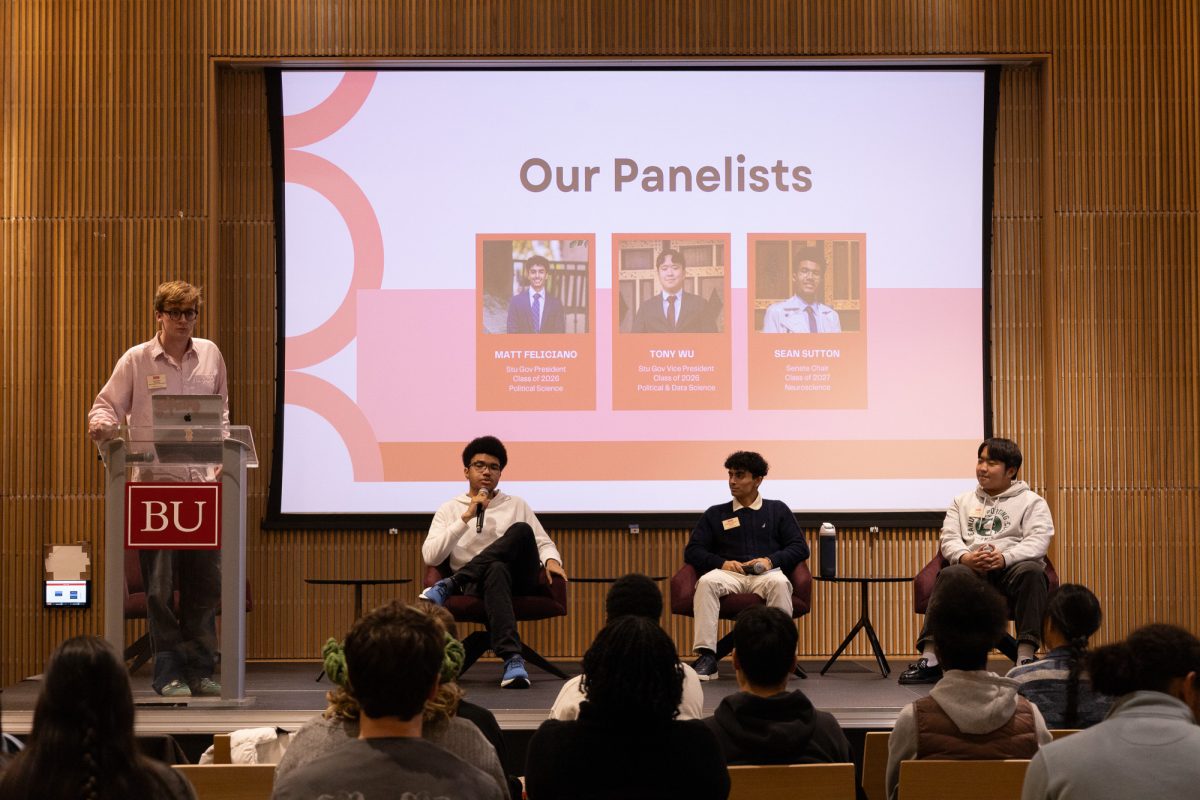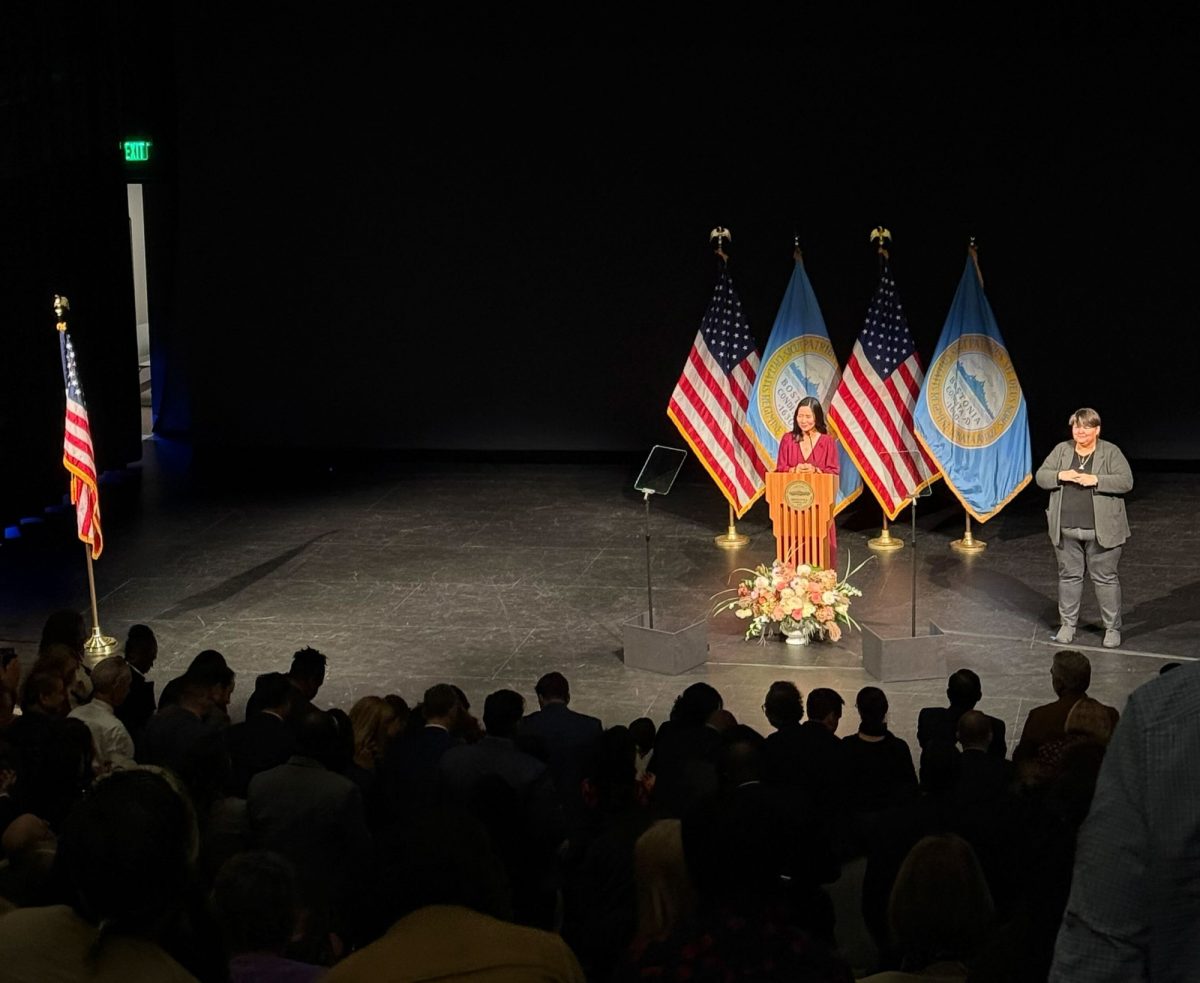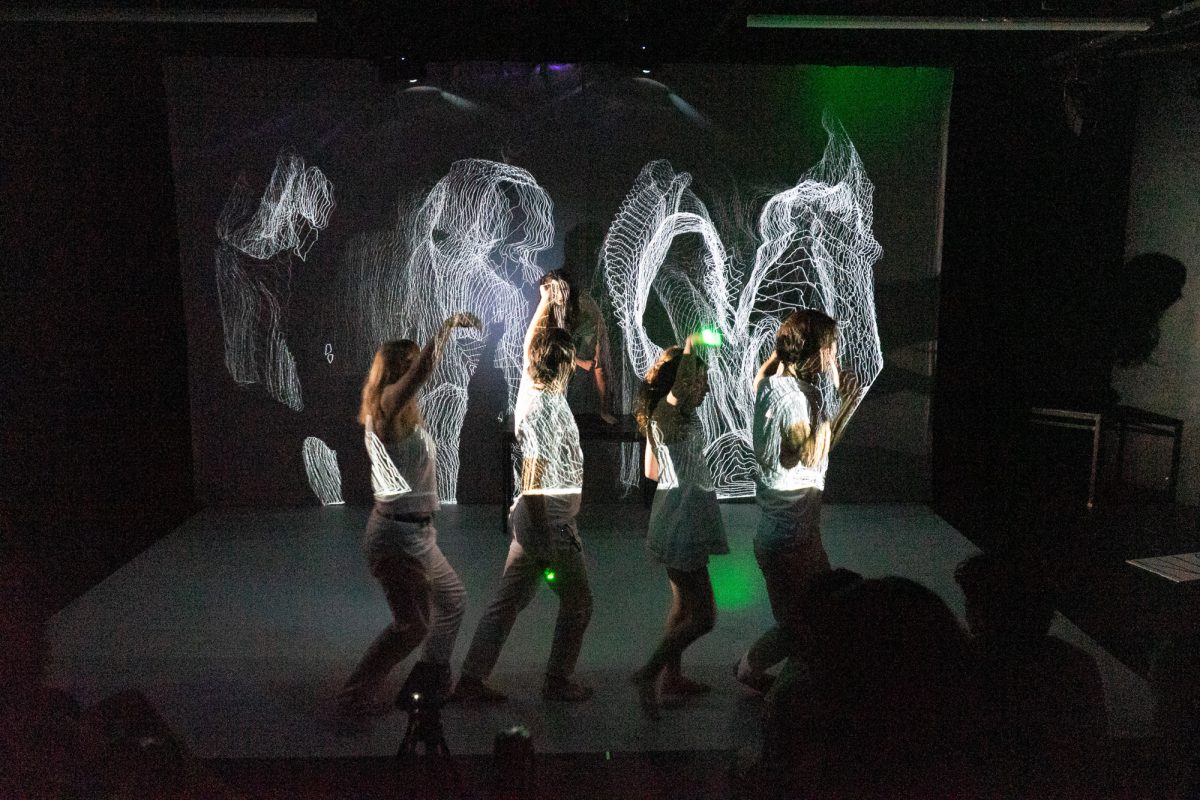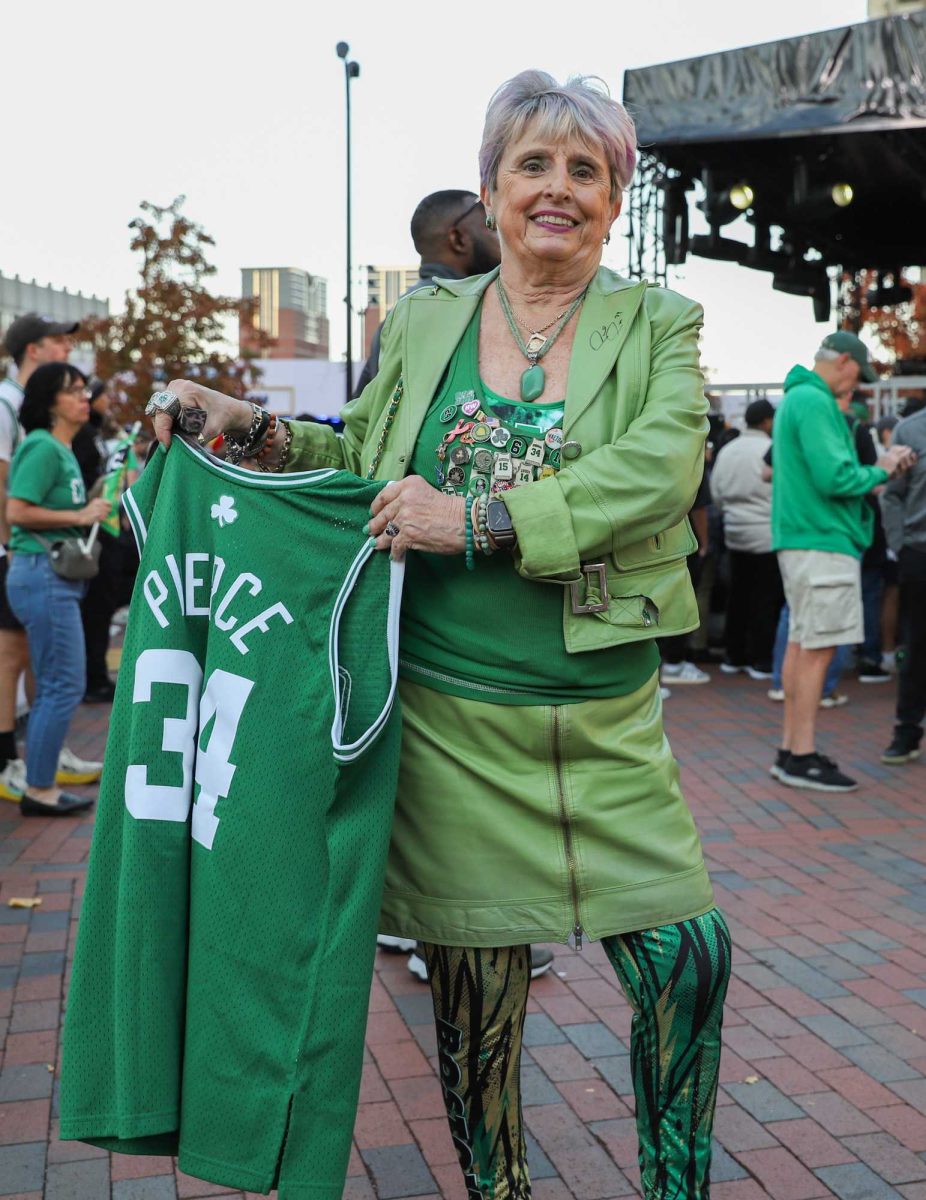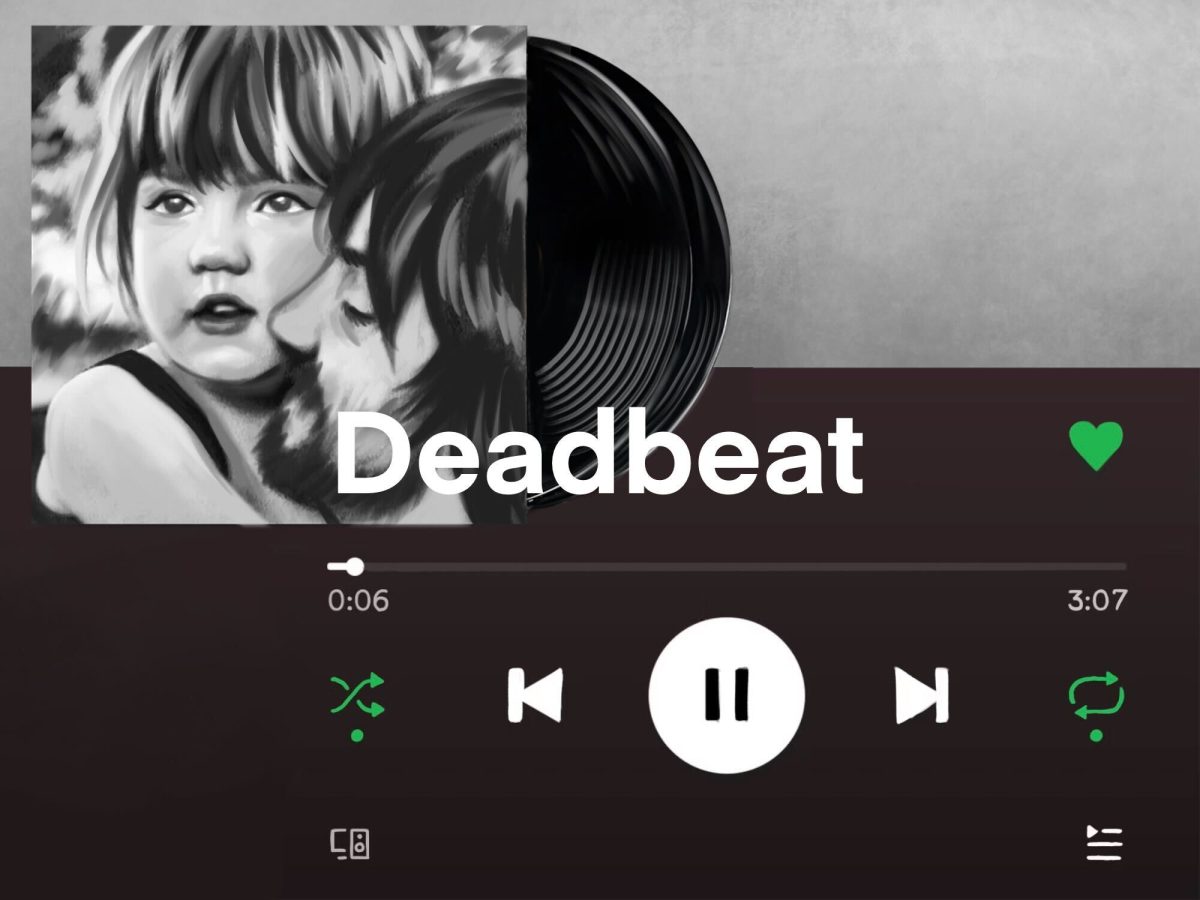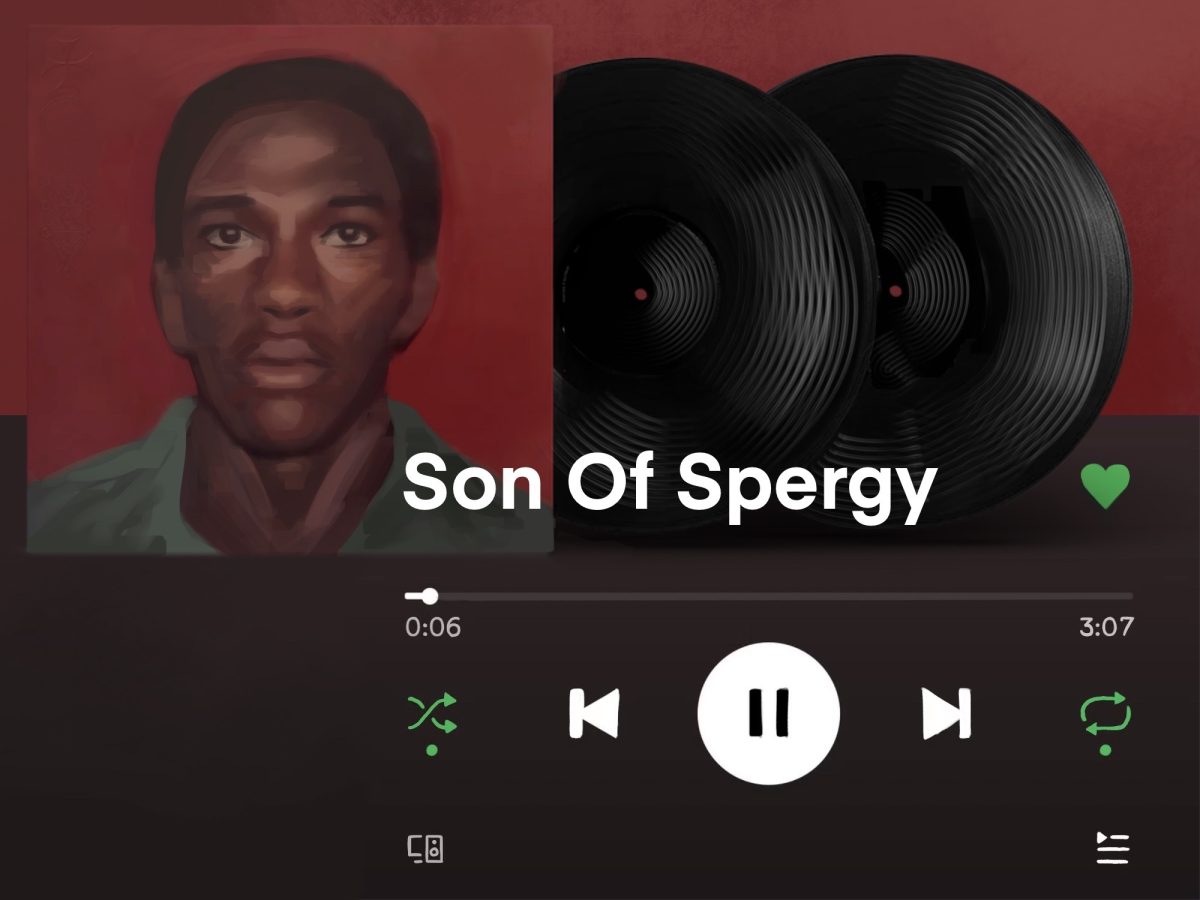Dia de Los Muertos is a long-standing cultural tradition for Mexicans. On this two-day-long festival, we honor the dead and the lives they lived.
The first day, Nov. 1, is known as Dia de Los Angelitos, which is when we remember all the children, the second day is known as Dia de Los Difuntos, which is when we remember all the adults. It is not until right at noon on Nov. 2 that we officially call the holiday Dia de Los Muertos because it is when all the dead are celebrated.
The idea of the festival is that we are celebrating the extension of life after death. We believe that on that day the world of the dead and the world of living co-exist and the dead are able to come to visit their living loved ones.
Dia de los Muertos has now crossed borders and been adopted as a celebratory holiday in the U.S. But there is a fine line between celebrating a different culture with respect and culturally appropriating. Selectively picking cultural traditions from a different culture is not a way to show respect for its people, but rather misrepresenting and disrespecting them. One cannot celebrate dressed as a Catrina, an ancient goddess, while also chanting to build the wall.
Unfortunately the holiday is now associated with Halloween in the U.S. due to the close proximity of the dates and in the process it is appropriated by people dressing up as Catrina. They paint their face like a sugar skull for Halloween, a tradition in Mexico on this day as a way to welcome the spirits back to the world of the living.
Dressing up as a sugar skull or Catrina for Halloween completely disqualifies the original intent of the tradition. Most people paint their faces as a sugar skull because of its aesthetics; beauty gurus like James Charles have popularized the skull look by doing different variations on his own Halloween makeup and also on Kylie Jenner.
Hollywood has also appropriated Dia de Los Muertos in big blockbuster movies. James Bond movie “Spectre” opens featuring a Dia de Los Muertos parade. When I saw the scene I was confused. I thought to myself — that is such a pretty parade, why haven’t I heard about it? Well, it turns out it was because such a parade does not exist.
This is a clear example of cultural appropriation. Dia de Los Muertos was exploited in order to create beautiful and interesting portrayals. Conversely, Disney animated movie Coco does a fantastic job of explaining the significance of Dia de Los Muertos and does a beautiful job of explaining the tradition with respect and authenticity.
There are ways to celebrate this holiday respectfully because Mexican culture is beautiful and I am excited that it is getting exposure and more people are interested, but it must be done carefully.
Honor the life of your loved ones just like we do, even set up an altar to remember them. Dia de Los Muertos is a tradition that brings families together and I encourage everyone to celebrate it as long as there is an understanding of what the tradition is and how to respect it.


